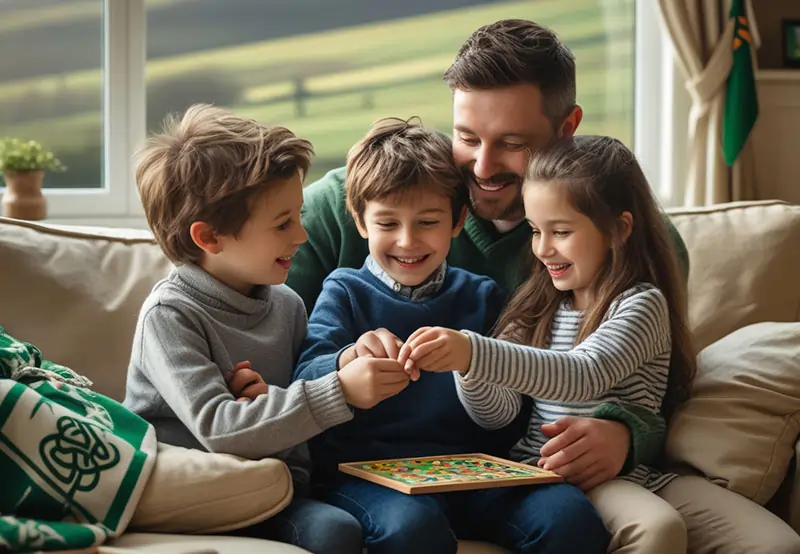Timeless Animated Movies for Kids: Movies Every Kid Should See
For some reason, animated films have a unique impact. When children watch Woody say farewell to Andy in Toy Story, they begin to understand loss even though they have never gone through it themselves. Because the story *feels* true, six-year-olds who have never had to say goodbye are wiping away their tears.
That’s emotional teaching taking place through vibrant characters and catchy tunes, not just entertainment.
Yes, there are a lot of absurd things. Gibberish being spoken by minions. Pratfalls performed by talking animals. Children adore the feature. But beneath? Workbooks could never address the concepts that these movies do. Fear is examined in “Finding Nemo”. The “don’t judge a book by its cover” lesson from “Shrek” helps to make prejudice clear. One way to understand anger management is to watch “Inside Out”
Overview—Why Families and Kids Love Animated Films
Every Friday night in numerous households looks the same: families crammed onto couches, popcorn bowls teetering on the edge of the table, and everyone immersed in whatever animated world is calling out that week. There are moments when people chuckle. Occasionally unanticipated tears (typically, surprise, from the adults). Almost invariably, however, there is further discussion. Those conversations after the film about what everyone saw? Kids remember those for a lot longer than the actual film.
What Defines a Popular Animated Film?
Not all cartoons go on to become classics. After a single viewing, some are quickly forgotten. Other people? Children quote them every day for years. Something is different.
The following distinguishes films that endure from forgettable nonsense:
| Element | Description | Example |
| Engaging Storyline | A simple yet emotional narrative that appeals to both kids and adults. | Toy Story – Friendship and belonging. |
| Relatable Characters | Characters with feelings, flaws, and humor make stories real. | Finding Nemo – A father’s love and courage. |
| Moral or Lesson | Each story leaves children with a takeaway. | Zootopia – Equality and acceptance. |
| High-Quality Animation | Vivid visuals and creativity that keep kids glued to the screen. | Frozen – Stunning ice landscapes. |
| Timeless Music | Songs that stick in your head and heart. | The Lion King – “Circle of Life.” |
The classic movies operate on several levels at once. Youngsters see comedy and adventure. Deeper levels are revealed to adults, such as the themes of mortality in “Coco” the commentary on corporate greed in “Wall-E” and the portrayal of real fear in “Inside Out”.
Some folks are so emotionally damaged by the first 10 minutes of “Up” that they won’t see it again. “Signed up for a fun balloon movie,” objected one viewer. “Not emotional devastation.” “Up” is excellent for that exact reason.

?️ List of All-Time Popular Animated Movies for Kids
These are the powerful ones. Children are still entertained by movies that defined generations. Some still receive frequent rotation even if they are decades old.
| ? Movie Title | ? Studio | ? Release Year | ? Key Lesson |
| The Lion King | Disney | 1994 | Teaches courage, leadership, and the circle of life. |
| Toy Story | Pixar | 1995 | Friendship and accepting change. |
| Finding Nemo | Pixar | 2003 | Overcoming fears and family love. |
| Frozen | Disney | 2013 | The power of love and self-acceptance. |
| Shrek | DreamWorks | 2001 | Embracing individuality and humor. |
| Moana | Disney | 2016 | Bravery and following your heart. |
| Inside Out | Pixar | 2015 | Understanding emotions and mental health. |
| Zootopia | Disney | 2016 | Tackling stereotypes and promoting equality. |
| The Incredibles | Pixar | 2004 | Teamwork and family bonds. |
| Despicable Me | Illumination | 2010 | Kindness and personal growth. |
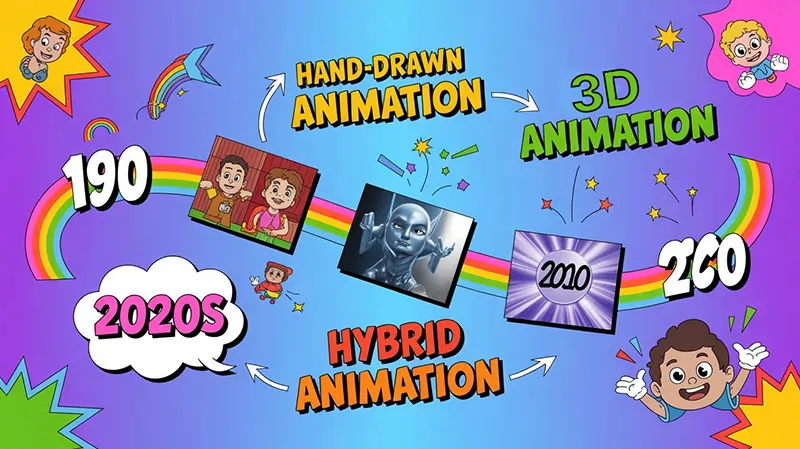
? Moral and Educational Teachings in Every Film
Fascinatingly, children learn from movies in ways that adults would entirely ignore if they were given direct lectures. Attempt to use talk to explain emotional intelligence to a seven-year-old. Best of luck. But “Inside Out” for them? At this point, children begin to say things such, “I think my sadness needs to help right now.”
| Movie | Educational Value | Life Lesson |
| Inside Out | Emotional intelligence | All emotions, even sadness, have a purpose. |
| Finding Nemo | Marine life awareness | Patience and trust lead to success. |
| Moana | Geography & culture | Discovering self-identity and respecting heritage. |
| Zootopia | Social studies | Prejudice and diversity lessons. |
| Frozen II | Nature and spirituality | Understanding change and inner strength. |
| The Incredibles | Family dynamics | Cooperation and communication matter most. |
Children begin to inquire about death and ancestry after watching Coco. Very challenging for nine-year-olds. They’re intrigued rather than afraid, though, and the movie does a great job with that. That’s effective narrative in action.
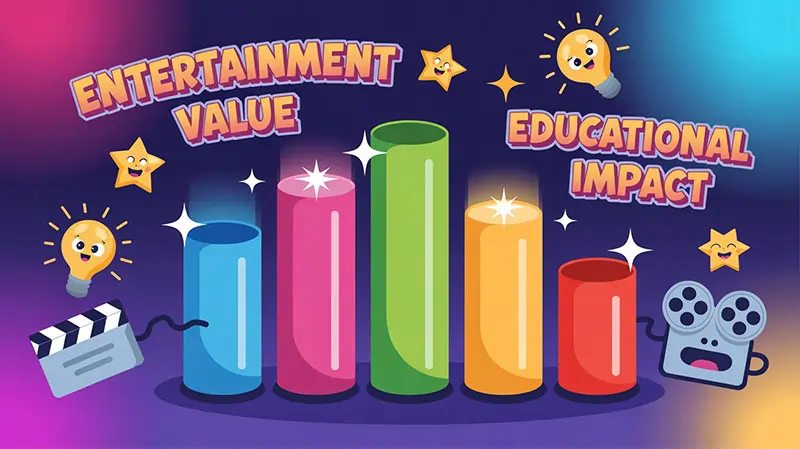
? How Parents Select Age-Related Films
Not every child, regardless of age, enjoys every animated film. When seeing Brave, four-year-olds occasionally experience bear-related nightmares. We need to have a reality check. Based on real viewing experiences rather than merely official ratings, here is a practical guide:
| Age Group | Recommended Movies | Why It Fits |
| 2–5 years | Peppa Pig, Paw Patrol: The Movie, Frozen | Gentle stories, colorful visuals, short duration. |
| 6–9 years | Toy Story, Finding Nemo, The Lego Movie | Simple humor, clear moral lessons. |
| 10–13 years | Zootopia, Inside Out, Coco | Deeper emotional stories, suitable humor. |
| 14+ years | Spider-Man: Into the Spider-Verse, Turning Red | More mature messages, creativity in storytelling. |
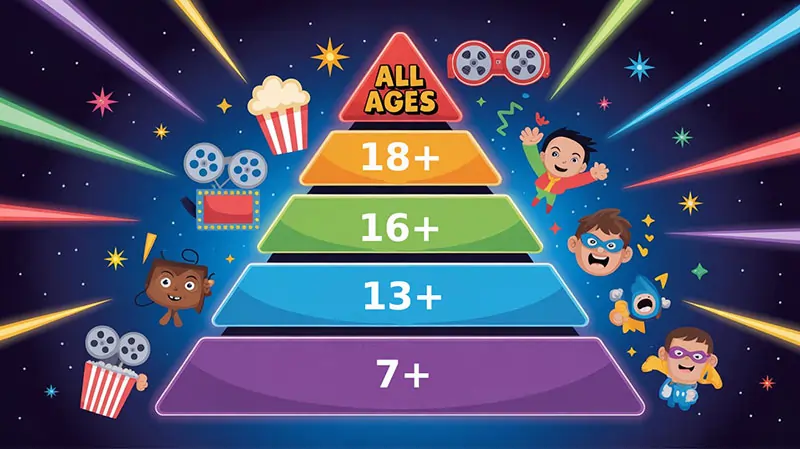
? Imaginative Movie Night Ideas for Children
Rather of just being passive screen time, movie night can become an event. Families that follow this indicate that it has become their favorite weekly routine.
1. Theme Nights
Hang blue streamers around and prepare “ocean water” (blue Gatorade works, no judgment) for *Finding Nemo*. Pretending to swim while munching on goldfish crackers produces immersive sensations. Medium work, maximum joy returns is the amount of commitment.
2. Make Your Own Movie Tickets
Children “sell” tickets they make on construction paper in exchange for high fives or hugs. teaches counting, creativity, and transaction ideas in a humorous way.
3. After-Movie Quiz
A brief conversation following each movie:
Favourite figure?
What was the funniest part?
How did you find out?
Interesting responses are given. It has been alleged that *Zootopia* taught one child to “never trust a sheep” Enough close.4. Costume Night for the Family
Complete dedication: attempting to make homemade masks and wearing identical red shirts and black pants for *The Incredibles*. The pictures come out absurdly well. Some family members choose not to participate, but that is their own fault.
5. Write Your Own Narrative
After “Moana”, have children illustrate what occurs next. The responses are really different; one child illustrated Moana finding pizza on a new island. Clearly priorities.
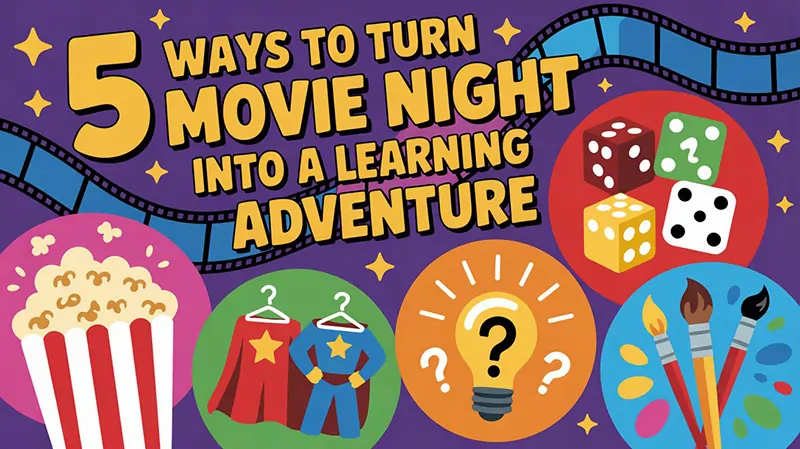
Parent and Teacher Advice
If you allow them to, movies can teach. What consistently works is as follows:
- “Watch With Me” : Don’t just turn on the film and take off. Be in the moment. Respond with them. As needed, respond to questions during the film.
- “Ask Open-Ended Questions” : “Why do you think Elsa ran away?” is a better question to ask than “Did you like it?” Open-ended questions encourage thinking.
- Following “Zootopia”: talk about how people assume things about other people. Real dialogue based on cartoon foxes and bunnies.
- To foster creativity: kids can create Lego characters, sketch situations, and act out their favorite portions. Anticipate numerous reenactments of the coronation sequence from “Frozen”.
- Set viewing limits: Movie night should be held once a week, or perhaps twice if the weather is poor and everyone is grumpy. Perfectionism is less important than balance.
These films can be used as class discussion starters by teachers. Play snippets of “Inside Out” when teaching emotions. When teaching variety in social studies, use “Zootopia”. When lessons are delivered using stories that children already enjoy, they are more engaged.
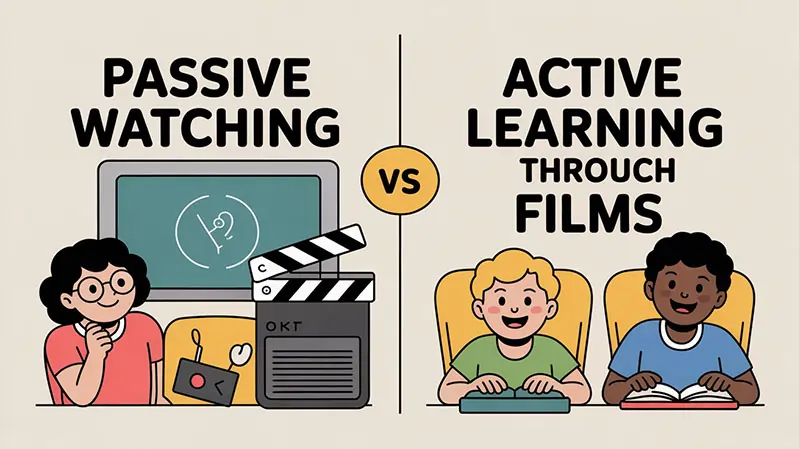
? Guidelines for Safety and Screen Time
No one adheres to all screen time guidelines exactly. Things happen in life. However, it is important to try.
| Rule | Description |
| ⏰ Limit Screen Time | The American Academy of Pediatrics recommends 1–2 hours of screen time per day for kids. |
| ? Check Ratings | Always check movie ratings (G, PG) for appropriate content. |
| ? Use Parental Controls | Platforms like Netflix and Disney+ allow PIN setup and restricted profiles. |
| ??? Co-View Together | Watching as a family helps contextualize complex themes. |
| ? Encourage Breaks | After movies, engage in outdoor play or reading. |
❓ FAQs Regarding Children’s Animated Films
Q1: Why are children’s animated films beneficial?
A: They increase vocabulary, foster empathy, and present ideas that children might not otherwise experience. “Coco” teaches kids about mortality, “Inside Out” teaches them about worry, and almost all of Pixar’s films teach them about perseverance.
Q2: Are only kids allowed to watch animated movies?
A: Certainly not. When watching Pixar films, adults cry more than children do. “Up” ruins viewers. “Coco” destroys people’s emotions. Any age can enjoy these movies.
Q3: Where do I look for animated films that are suitable for my age?
A: Common Sense Media is quite helpful. The explicit language, mature themes, disturbing scenes, and other pertinent details are all included in real parent reviews.
Q4: Can an excessive amount of cartoon viewing influence behavior?
A: Excessive screen time can lead to shorter attention spans. Balance is key—combine viewing with reading, games, and outdoor activities.
Q5: Which animated movies are underappreciated yet still worth seeing?
A: It’s quite moving, “The Iron Giant”, “Onward” contains profoundly felt surprises. “Ratatouille” is ideal. Notwithstanding its brilliance, “The Good Dinosaur” is ignored. “Klaus” is a visually gorgeous movie on Netflix.
? Creating Memories, One Film at a Time: Final Thoughts
In many homes, movie night becomes a hallowed tradition instead of a non-existent one. Friday evenings are now protected time, with popcorn parties and whatever animated film is on that week’s schedule.
Children learn about emotions, friendship, courage, grief, and transformation from these films in ways that are frequently impossible to discuss in everyday conversations. They provide families with a common language—thanks to “Inside Out”, nervous children can express how their Joy and Fear are battling. Kids saying they’re “going beyond the reef” like Moana in the face of frightening circumstances.
Animated movies go beyond simple amusement. Experiences like these foster bonds. Moments of enjoyment masquerading as instruction. Real-time memories being made on typical Friday evenings.
Make popcorn, choose a movie, get everyone together, and hit play. Let’s all laugh. Together, perhaps we should cry (likely during “Up” or “Coco”). After you’ve seen it, discuss it. Childhood memories are created from these straightforward movie evenings.
What about when children say “Shrek” for the millionth time? Just chuckle. You will eventually miss even that
? Recommendations for Movie Links
Where families can enjoy their favorite animated content:


